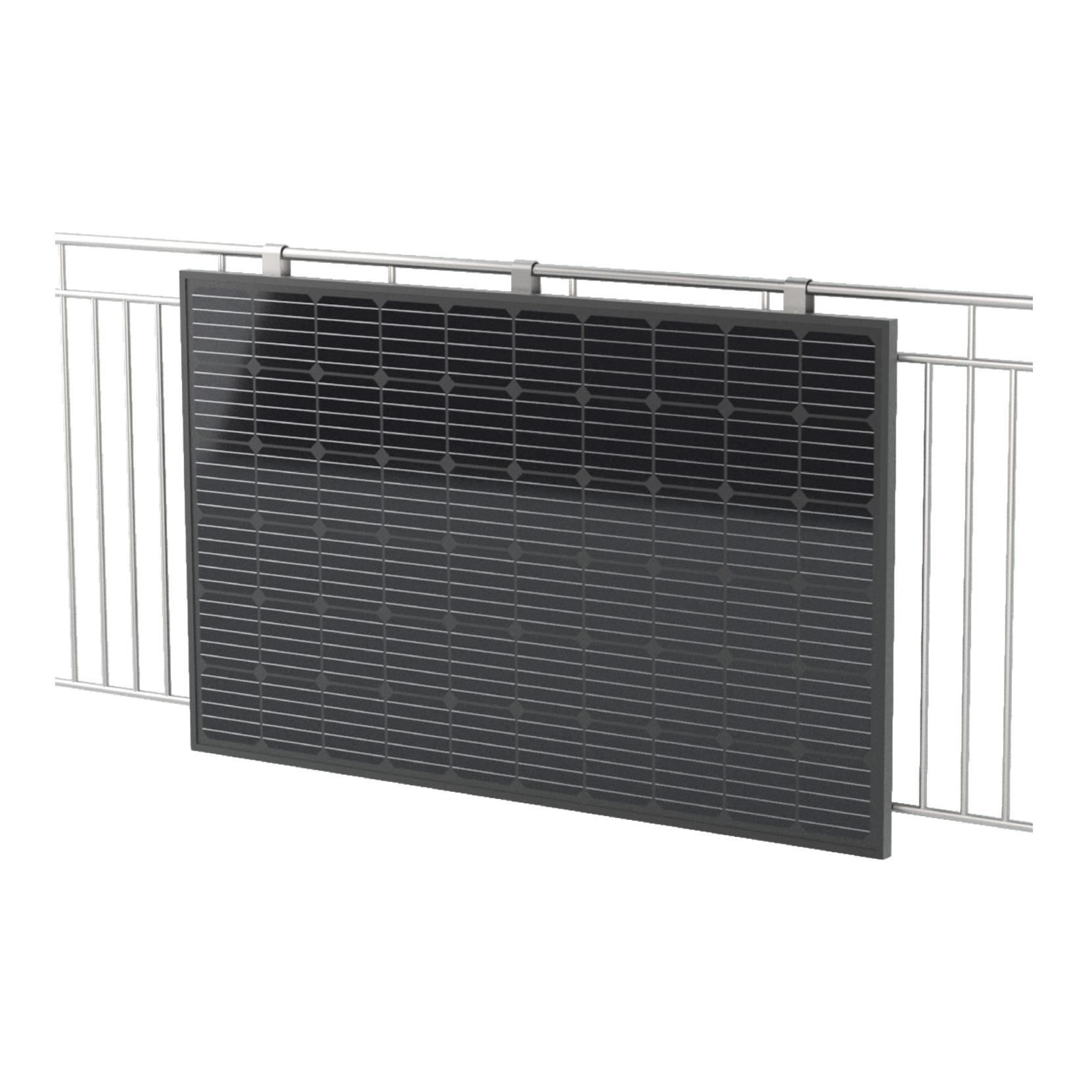The solar station for the balcony
Guide to Efficient Solar Energy in Every Household: Introducing Plugin-PV Systems
An exciting innovation in the world of renewable energy, Plugin-PV systems offer an easy and efficient way to harness solar energy in any household. This guide will delve into the basics of Plugin-PV systems, providing valuable insights on how to successfully integrate this technology into your home.
What are Plugin-PV Systems and How Do They Differ?
Plugin-PV systems are compact photovoltaic systems that can be directly plugged into a conventional socket. Comprising solar modules, an inverter, and a plug compatible with a standard household socket, these systems enable anyone to generate and utilize solar energy directly in their home.
The differences between these mini-systems lie in their power output, installation, integration into existing installations, monitoring and control, and certification. It's important to note that these systems are not designed to cover the entire electricity demand of a household, but rather to supplement or use renewable energy sources.
Advantages of plug-in PV systems?
Increased Self-Consumption
By directly using the solar energy generated, you can increase your self-consumption and reduce your electricity bill.
Easy Installation
Plugin-PV systems do not require complex installation or structural changes. Simply plug them into a socket and start benefiting from solar energy.
Mobility
The compact size of the systems allows you to move or take them with you as needed, such as on camping trips or to holiday homes.
Environmentally Friendly
By using solar energy, you actively contribute to reducing CO2 emissions and support the transition to clean energy.
How much energy can a plug-in PV system generate?
A Plug&Play PV system with a power output of 600 W (0.6 kW) has the potential to generate up to 600 kWh of electricity annually, provided it is optimally positioned and angled for sunlight exposure. However, the exact electricity generation depends on the location, local conditions, and placement of the system. In Switzerland, a calculation of 1000 kWh per 1000 W power output is typically used when the system is properly aligned and inclined.
Legal situation in Switzerland
By observing certain guidelines, anyone can purchase a mini solar system.
The installation of such a solar system requires prior notification to the local energy provider. A simple letter, accompanied by the manufacturer's declaration of conformity, is usually sufficient. It is recommended to contact the local energy provider and the cantonal energy office before purchasing to discuss the registration and any cantonal regulations.
Additionally, if you are renting, it's important to consult with the property management or owner beforehand, as the installation may constitute a structural change in some cases.
In Switzerland, a balcony solar system may not feed more than 600 watts of power into the grid. This is normally ensured by a correspondingly limited inverter. If the system's power output exceeds 600 watts, professional installation and approval from the grid operator are required.
What is Required for the Commissioning of a Plugin-PV System?
A plug & play PV system can be installed in various locations, e.g. on a balcony railing, on the terrace or in the garden. The installation requires a suitable bracket that ensures safe use and wind resistance. Most offers include all the necessary brackets and accessories.
The electrical connection is simply made via a plug to an outdoor household socket, whereby the use of an appropriate outdoor extension cable should comply with IP55 protection requirements.
It is important that the system is protected from unauthorized access, especially from children and animals, as the electrical components are live. Careful selection of the installation site and following the manufacturer's operating instructions and safety information are crucial to ensure the long-term electrical safety of the system.
A detailed FAQ from SwissEnergy provides answers to the most important questions about Plug&Play.
Are plug-in PV systems sustainable?
Plug-in solar systems are sustainable as they use renewable energy and reduce the need for fossil fuels. It's a fact that the production of plug-in solar systems generates CO2 emissions. These mainly occur during the manufacturing process of the solar modules. However, these modules can be recycled, as they mainly consist of materials like glass, aluminium, and silicon. There are specialized recycling facilities designed to recover and reuse these materials.
The solar industry is continuously working to improve energy efficiency in production and increase the use of renewable energy to further reduce CO2 emissions. When you shop at the Primeo Energie online shop, you shop completely CO2-free, as we offset the CO2 emissions that occur over the entire lifecycle, from production to disposal, through investments in recognized climate protection projects.

